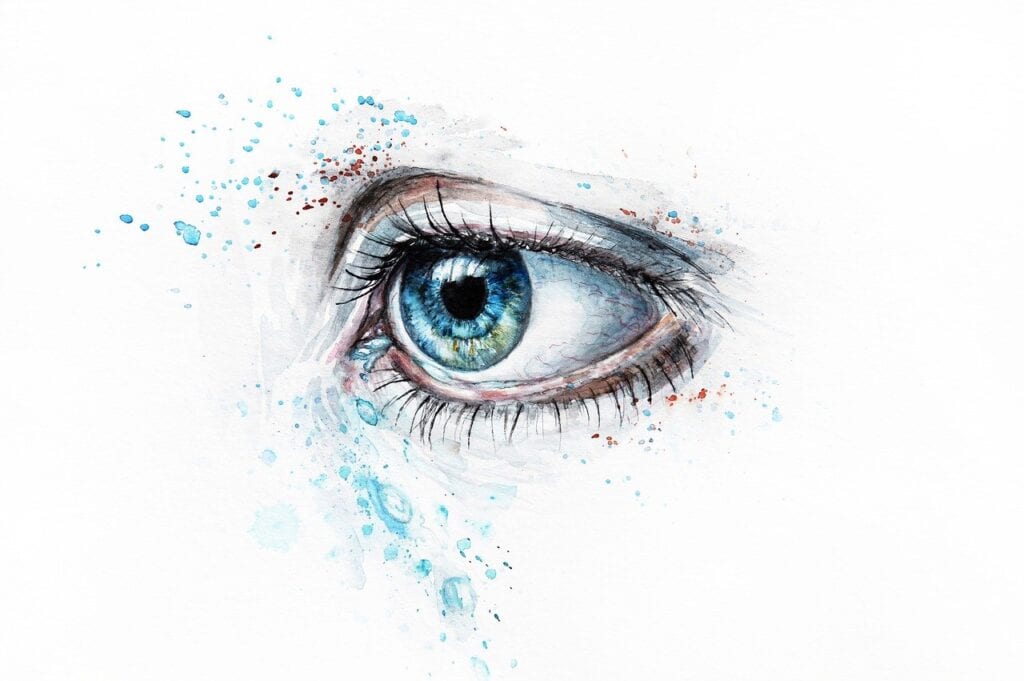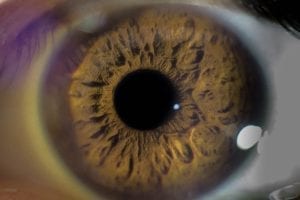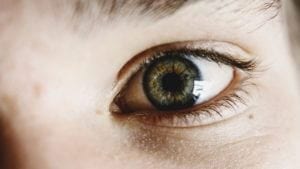A recent study has pointed to corneal collagen crosslinking (CXL) as a viable treatment option for children with keratoconus, a rare ocular disorder that impacts the cornea. As pediatric patients often experience more severe cases of the disease, this research has a large, positive impact and may fill an unmet medical need. While more research is necessary to fully understand CXL’s impact on pediatric keratoconus, it currently seems that this treatment will help to slow disease progression and lower the chance of reaching end-stage disease.
About Keratoconus
Keratoconus occurs when the cornea becomes progressively thinner, typically leading to a bulge in the center of the eyes. Medical professionals are unsure as to why exactly the cornea does this, but they expect that it is a mix of genetic and environmental factors. They have identified a number of risk factors as well, such as Down syndrome, Leber congenital amaurosis, Marfan syndrome, prolonged exposure to sunlight, exposure to intense sunlight, and frequent/aggressive rubbing of the eyes. Regardless of cause, this disease causes blurred vision, cloudy vision, sudden worsening of vision, and increased sensitivity to light. To treat this condition, doctors will utilize corrective lenses or glasses, surgery, transplants, and implants.
About the Study
Through a retrospective analysis, Dr. William J. Johnson and Dr. Erin D. Stahl evaluated CXL as a treatment for keratoconus in children at Children’s Mercy Hospital in Kansas City, Missouri. They reviewed the records of pediatric patients who had already undergone the treatment, which utilized the KXL system (Avedro) with Photrexa riboflavin preparations (Glaukos).
Looking deeper into this treatment, patients were given a superficial keratectomy first, followed by topical vitamin B2. This was applied consistently for half an hour, every two minutes. The next step ultraviolet light exposure for 30 minutes, as doctors continued to apply the topical vitamin B2 at the same rate. Afterward, they were fitted with scleral contact lenses, a lens that is often used in optical rehabilitation to prevent astigmatism. The only exception was for patients with extremely thin corneas; they did not receive any UV light.
To analyze this treatment, the two doctors focused on primary endpoints of best-corrected visual acuity (BCVA), the length of follow-up, complications, and the success of the treatment. In the end, they examined these endpoints in 43 eyes of 27 different patients. The average age of the patients was 15, with the median follow-up time being 328 days.
In terms of results, BCVA improved from 0.3 to 0.1 after the treatment. Because of the small size of the study, this is not statistically significant. Topographic and tomographic data, along with pachymetry, were stable as well. Looking to follow-up, where 26 eyes were included in the analysis for at least six months, similar trends were discovered.
For safety and efficacy, the researchers believe that their study proved CXL is a safe procedure. Only one patient experienced scarring, which occurred due to an aggressive postoperative healing response. To fully understand the efficacy of the treatment, more research is necessary. One thing that Johnson points out is that efficacy should not be left behind in favor of efficiency.
Looking Forward
While the researchers are excited by the results of this study, they stress that more research with larger cohorts is needed to provide statistically significant results. If future research yields positive results, CXL could provide a treatment option that stops end-stage keratoconus in children. As pediatric patients often face severe manifestations of the disease, this is very important.
Find the source article here.








